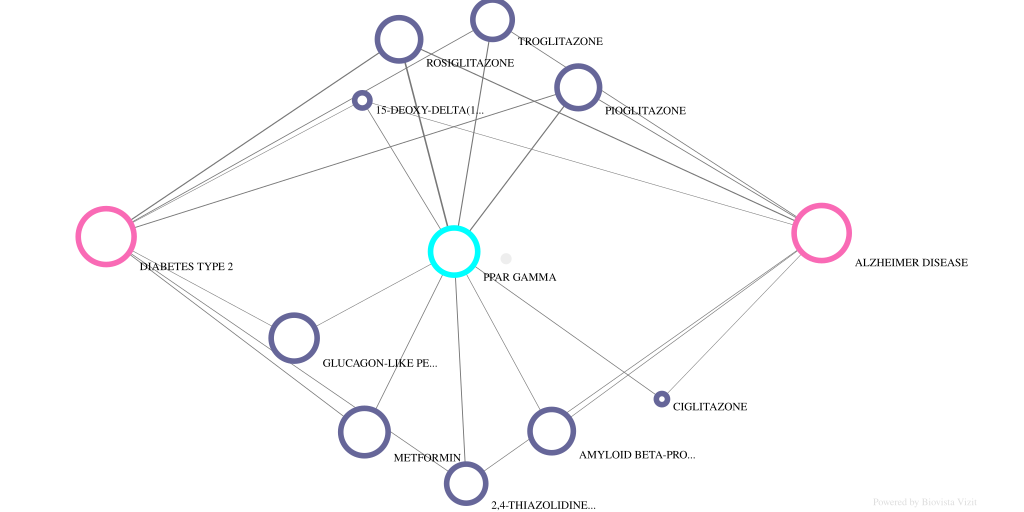Nasze wyniki postulują, że sprzężenie theta-gamma jest emergentną właściwością przestrzennie segregowanej modulacji ACh właściwości odpowiedzi neuronalnej. Zidentyfikowaliśmy ponadto mechanizmy leżące u podstaw zależności aktywności sprzężonej theta-gamma od przestrzennego rozkładu symulowanej neuromodulacji ACh. W szczególności aktywność pasma gamma była wspierana w regionach o wysokiej zawartości ACh poprzez mechanizm gamma między neuronami piramidowymi (PING) [11], w których interneurony hamujące silnie modulują i synchronizują aktywność komórek piramidowych [11,12]. Modulacja aktywności gamma w paśmie theta w obrębie lub pomiędzy regionami o wysokiej zawartości ACh była związana z adaptacją częstotliwości skoków, związaną z wpływem aktywacji receptora muskarynowego na prądy K + typu M [13]. Mechanizmy te doprowadziły do wewnętrznie ścisłego sprzężenia między aktywnością pasm gamma i theta, gdzie stopień sprzężenia theta-gamma korelował z bliskością regionów o wysokim ACh. Dodatkowo zbadaliśmy konsekwencje przestrzennie heterogenicznej modulacji ACh na przetwarzanie uwagi bodźców zewnętrznych (sensorycznych).
Modulacja Rytmów theta-gamma związanych z uwagą
